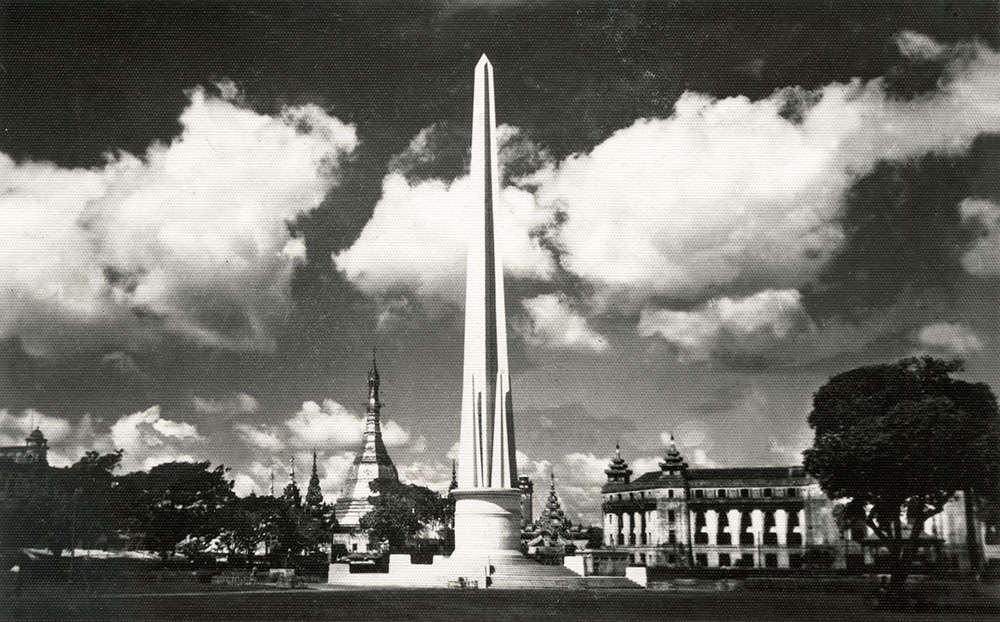Encounters with Southeast Asian Modernism explores the development of postcolonial architecture in Southeast Asia. It sheds light on the complex history of its emergence, explores its potential for the future, and advocates the preservation and reuse of the contested modernist heritage. Furthermore, it addresses the political and social contexts that gave rise to these modernisms, with a focus on the multifaceted ties between Germany and several nations in the region. Through exhibitions, publications, symposia, workshops, university projects, videos, expert discussions, and collaborative consultations, the Encounters network actively contributes to public discourse.
Encounters with Southeast Asian Modernism was launched in 2019. The initiators took the centenary of the Bauhaus, the famous German school of art and architecture, as an opportunity to spotlight architectural modernism in Southeast Asia. The project has since evolved into a platform dedicated to fostering ongoing dialogue between Berlin, Germany, and Southeast Asia.
To understand the development of modernity and harness its potential for a transregional discourse, close collaboration among experts from diverse disciplines and different parts of the world is essential. This collaboration can expand and enrich local discussions, gather and synthesize existing knowledge, and spark ideas for the cities of the future, all while raising fresh inquiries into globalization and local adaptation.
How can modernist solutions by architects address today’s challenges? How have these solutions proved their worth over time, and can they still serve as guidelines for society, architecture, and urban culture? How are early modernist works treated in different countries today? How can their positive achievements be accepted and introduced into the current urban discourse – in Southeast Asia and elsewhere? How can such a discourse be initiated and sustained? Can postcolonial modernism become a springboard for sustainable development that expresses universal values beyond just forms? How do we approach modern heritage in different parts of the world today, and what can we learn from each other?
One goal is to develop joint recommendations for dealing with the surviving buildings from this influential period in history. Another aim is to explore how the knowledge and traditional practices reflected in the architectural heritage of modernism – such as climate-adaptive design and the organization of public space – can serve as examples for overcoming contemporary challenges.
Another objective is to offer fresh insights into the social advancements of the postcolonial era and its forward-looking architecture through the lens of design and ecology, to illuminate their connection to German and European modernism. This endeavour aims to introduce new dimensions into the discourse on sustainable urban development.

Modernism in Southeast Asia
In the mid-20th century, a new era began in many Southeast Asian countries as the colonies and protectorates of France, Great Britain, and the Netherlands regained their independence. The young states faced the task of establishing themselves as new nations. Their efforts were often accompanied by a desire to express this new beginning in architecture and urban planning. In the architectural language of international modernism, the architects of many countries found a contemporary form that reflected their hopes for progress and prosperity, while also signalling their emancipation from former colonial rule.
New districts, squares, and buildings were designed by a range of architects – local architects who had been trained in Europe and the USA, Western planners who maintained established networks after the colonial era, and architects from the Soviet Union, China, and other Asian countries. Many local designers in Southeast Asia were influenced by the concepts of the International Style, classical modernism, and Bauhaus, which they fused with local ideas. Different regional modernist variants emerged that harmonized the design ideas of universal modernism with specific cultural references, building traditions, and an understanding of the climatic challenges of building in the tropics.
Contested modernities today
Today, many of these modernist structures that once heralded a new era are considered unimportant and obsolete, and have either been demolished or are under threat of demolition. With the platform Encounters with Southeast Asian Modernism, we promote alternative approaches that question prevailing narratives and traditions, put new forms of behaviour and transformations up for discussion, and asses structures and values in terms of their suitability for the future.
In Southeast Asia, a vibrant discourse on postcolonial modernism has been developing for years. Yet, with few exceptions, the themes and works of the key figures involved have remained relatively unknown in Europe. Given the urgency of climate change and the imperative of resource conservation, the Encounters project offers a platform for exploring alternative strategies to demolition and destruction. These topics warrant closer examination, as they can also bring new aspects to ongoing discussions in Germany and across Europe. While the historical contexts may differ, the challenges we face are ultimately shared globally.
